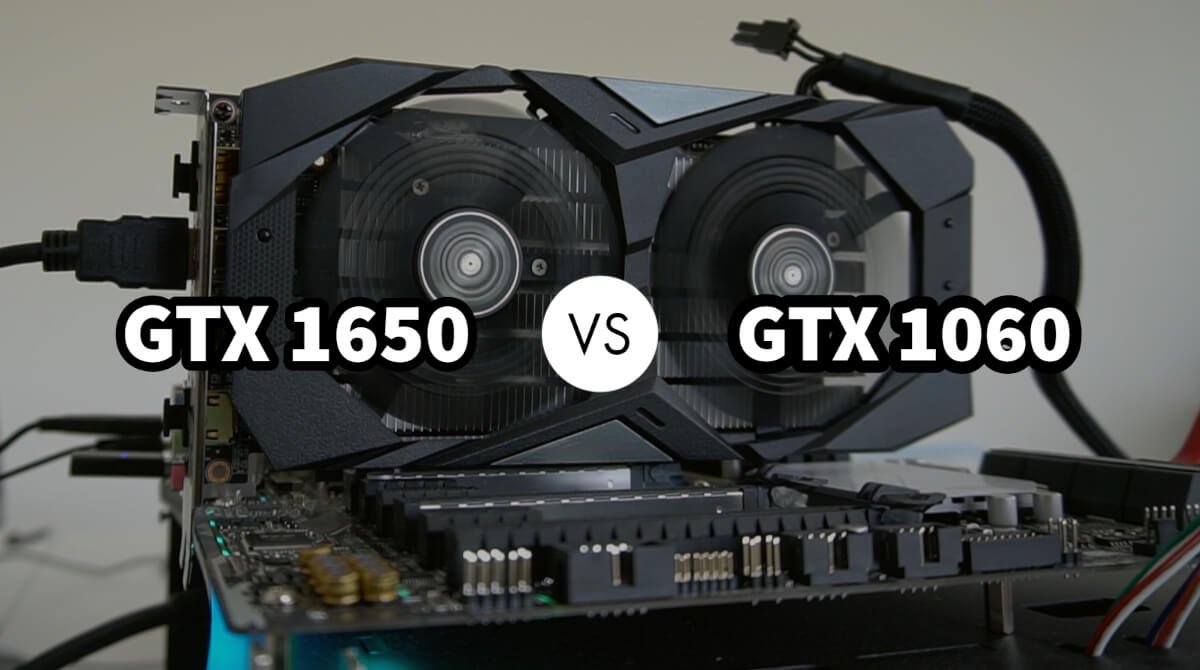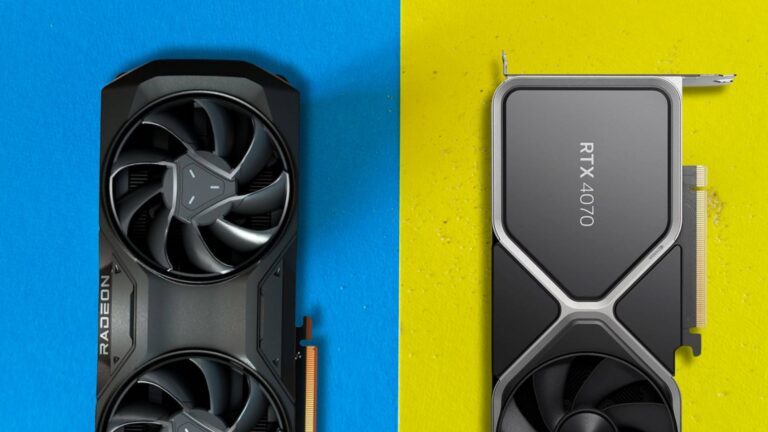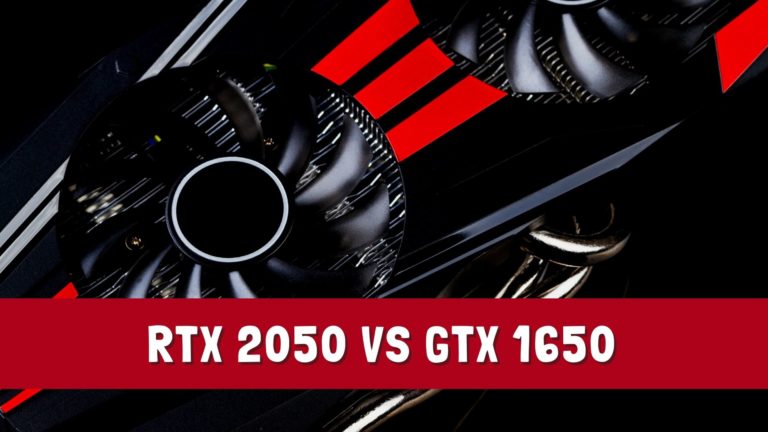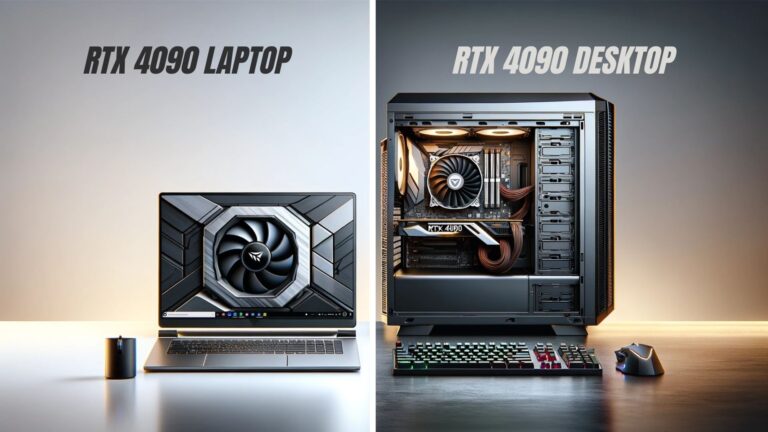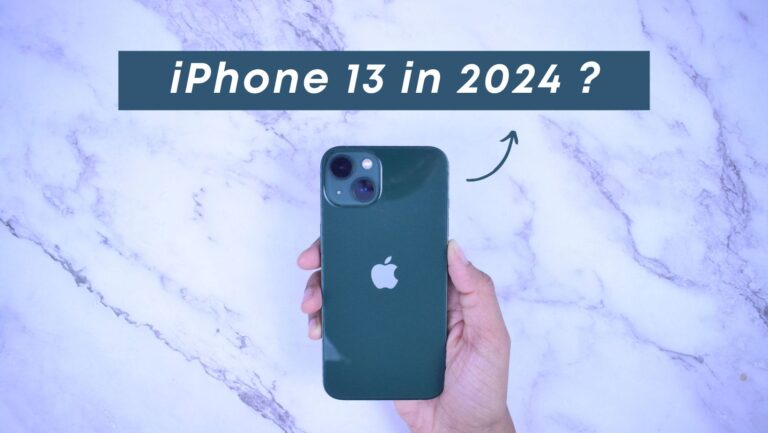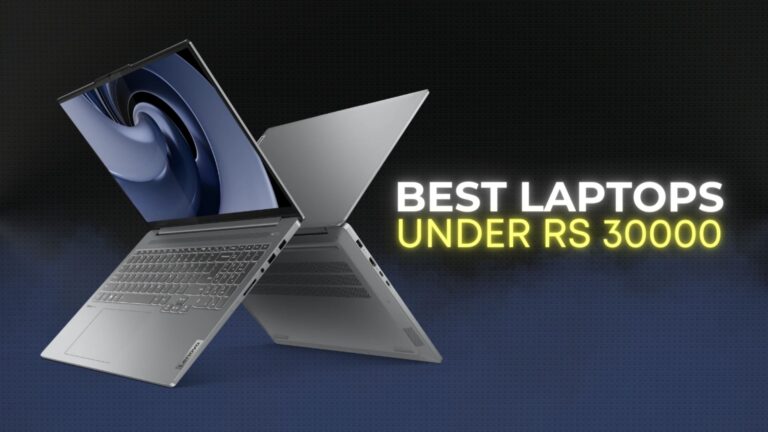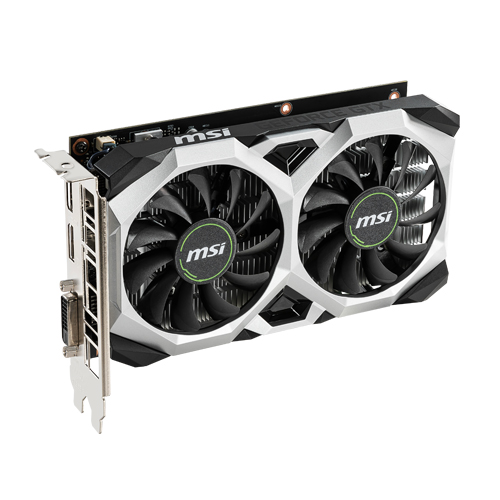 | 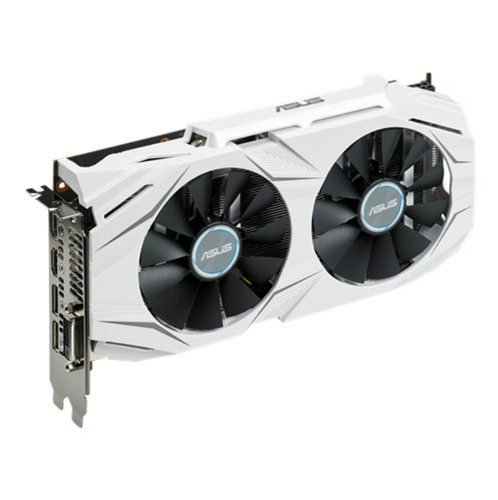 |
|---|---|
| GTX 1650 | GTX 1060 |
| BUY NOW | BUY NOW |
| PROS | PROS |
| Over 50 percent faster than GTX 1050. No extra power required on many models. Great for small form factor builds. | Excellent FHD and 1440p performance. Quiet running. Incredibly low power consumption. |
| CONS | CONS |
| Costs more than the GTX 1050 it replaces. Struggles in more demanding games. Budget GPUs often aren’t the best value. | More expensive than rivals. 4GB RX 480 is better value. |
SPECIFICATIONS
| OVERVIEW | GTX 1650 | GTX 1060 |
| Card Status | Released | Released |
| Manufacturer | NVIDIA | NVIDIA |
| Release Date | 23rd April, 2019 | 24th August, 2016 |
| Launch Price | $149 USD | $199 USD |
| GPU | GTX 1650 | GTX 1060 |
| NVIDIA CUDA® Cores | 896 | 1152 |
| Boost Clock (MHz) | 1665 | 1708 |
| Base Clock (MHz) | 1485 | 1506 |
| MEMORY | GTX 1650 | GTX 1060 |
| Memory Speed | 8 Gbps | 8 Gbps |
| Standard Memory | 4GB | 3GB |
| Memory Interface Width | 128-bit | 192-bit |
| Bandwidth (GB/sec) | 128 | 192 |
| PHYSICAL | GTX 1650 | GTX 1060 |
| Height | 4.37″ | 4.378″ |
| Length | 5.1″ | 9.823″ |
| Width | 2-Slot | 2-Slot |
| DISPLAY | GTX 1650 | GTX 1060 |
| Max Resolution | 7680×4320@120Hz | 7680×4320@60Hz |
| Display Connectors | HDMI 2.0b, DL-DVI-D | DP 1.43, HDMI 2.0b, Dual Link-DVI |
| Multi Monitor | Yes | Yes |
| HDCP | Yes | 2.2 |
| THERMAL & POWER | GTX 1650 | GTX 1060 |
| Max GPU Temp (C) | 92 | 94 |
| Card Power (W) | 75 | 120 W |
| Recommended System Power (W) | 300 | 400 |
| Supplementary Power Connectors | None | 6-Pin |
The 1060 3GB has 28% more CUDA cores and is based on Nvidia’s older Pascal architecture, while the 1650 uses the newer Turing architecture.
The 1060 has higher base and boost clock speeds, but less memory and also costs more, you can find updated pricing linked in the description.
The 1060 is also available in the 6GB version which has more CUDA cores and double the memory, but we’re not looking at that version here, so if I just say 1060 without specifying the memory assume I mean the 3GB model.
Anyway, for the 10 games tested I will use 1080p and 1440p with the different settings and both cards will run as they go from the factory, with no changes in the clock or fan curves.
So cards can reach 70-80C trying to stay as quiet as possible, the fan speeds are not high my advice is to have your own custom fan curve, which stays below 70 ° C with a little more noise and a slight improvement in the core clock by the GPU Boost.
PERFORMANCE
GRAPHICS CARDS USED:
SYSTEM SPECS:
- Intel i7-8700K CPU overclocked to 5.0GHz – BUY HERE
- MSI Z390 Gaming Pro Carbon motherboard – BUY HERE
- 16GB of RAM running at DDR4-3200 in dual channel –BUY HERE
Apex Legends
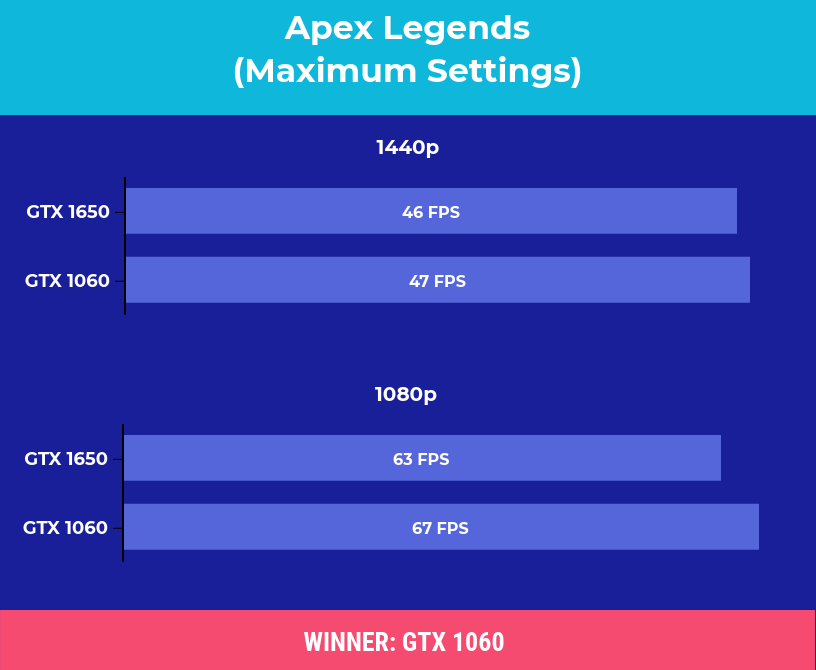
Apex Legends was tested in campaign mode. In this test it’s a win for the GTX 1060, which was scoring around 6.3% higher average FPS over the GTX 1650 at 1080p, lowered to 2% lead at 1440p.
Assassin’s Creed Odyssey
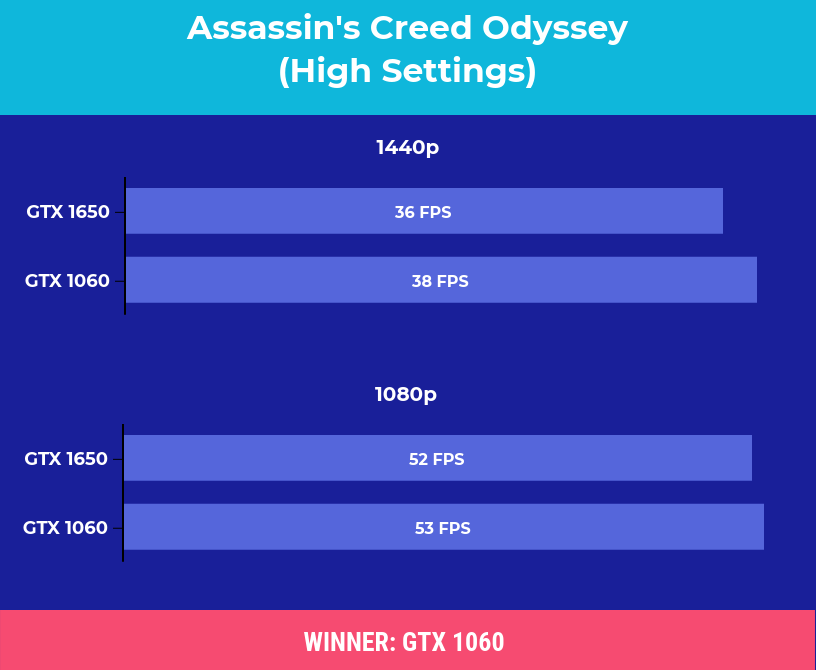
It’s a different story in Assassin’s Creed Odyssey, this time GTX 1060 was also coming out ahead of the 1650. In terms of average frame rate, the 1060 was 1.9% or just 1FPS faster at 1080p, and 5.5% ahead at 1440p. I have to say that 1650 was fighting good against 1060, not too much difference.
Battlefield V
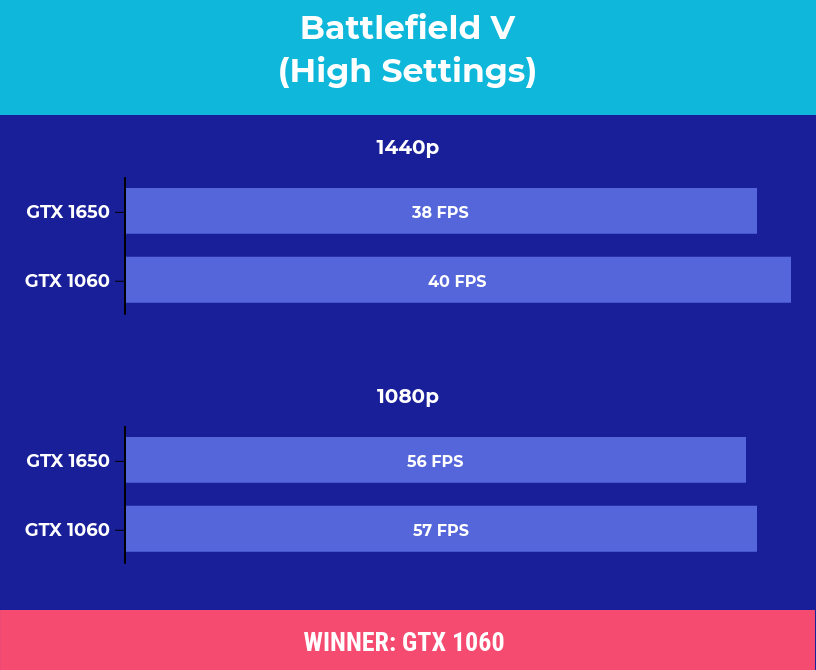
Battlefield V was tested using the games built in benchmark tool, and the 1650 was back in the lead here, granted only with a slight 1.7% lead at 1080p, increasing a little to 5.2% at 1440p.
Counter Strike GO
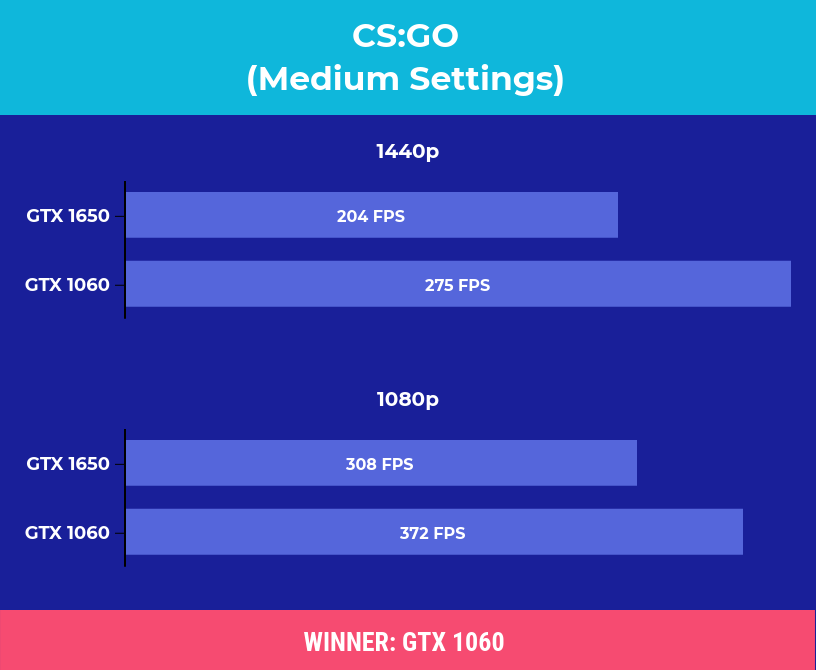
Counter Strike GO was tested in campaign mode, and was another win for the 1060, in terms of average FPS. I saw biggest diference in this game.
Far Cry 5
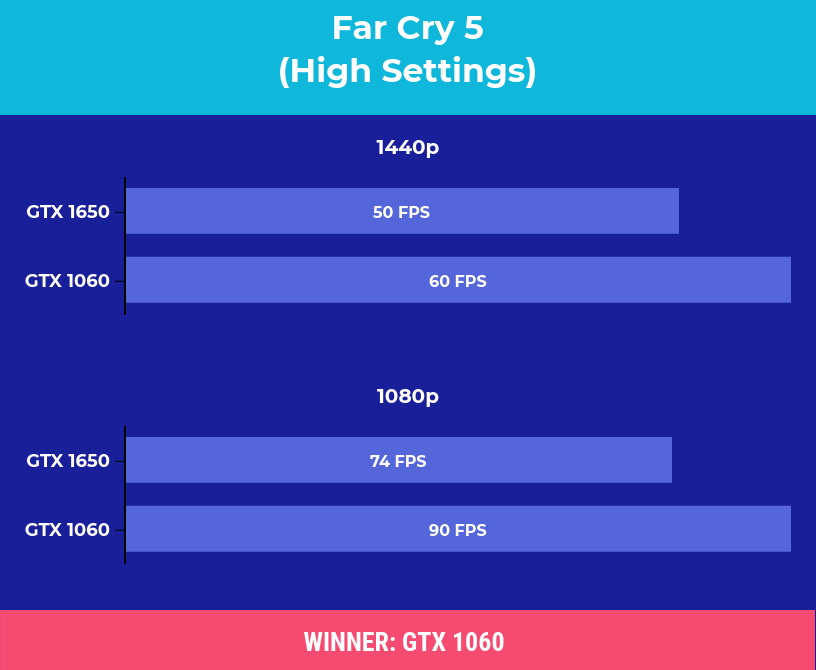
Far Cry 5 was tested with the games benchmark tool, and the results were very close here, with the 1060 was 16 frame ahead of the 1650 at 1080p and 10 frame ahead at 1440p resolutions.
Far Cry New Dawn
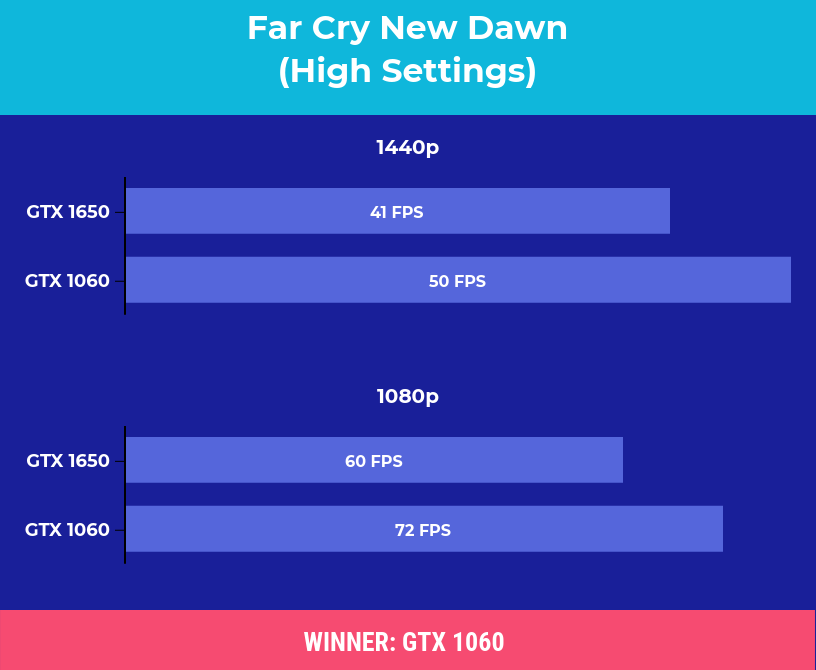
Far Cry New Dawn was tested with all graphical settings at high, and this game really seemed to prefer the GTX 1060. At 1080p the 1060 was almost 18% faster, and this rose to a bigger 21% boost at 1440p.
Fortnite
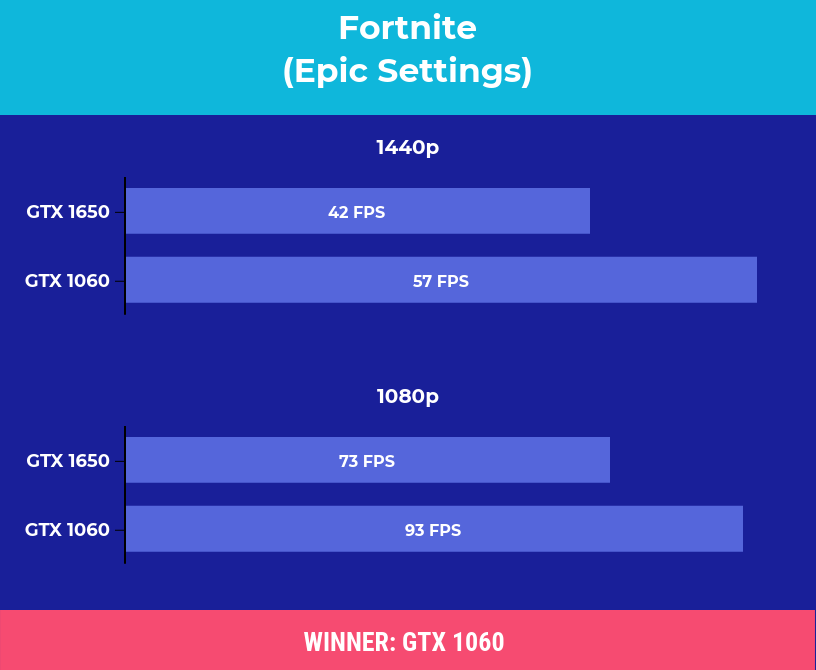
Fortnite was tested using the replay feature, with the exact same replay file used for all testing. This was another win for the 1060, which was 27% ahead of the 2060 in average FPS, increasing to a 35% lead when we step up the resolution to 1440p.
Metro Exodus
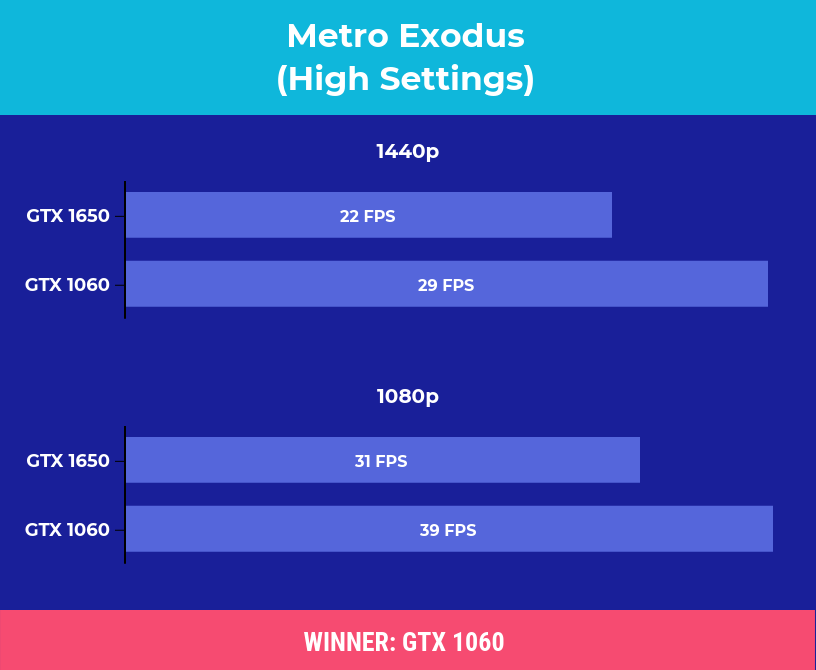
Metro Exodus was tested with the game’s benchmark tool, and unlike the last game, this one seemed to really favour the 1060. At 1080p, there was a large 25% higher average frame rate on the 1060, increasing to an 31% lead at 1440p.
Rainbow Six Siege
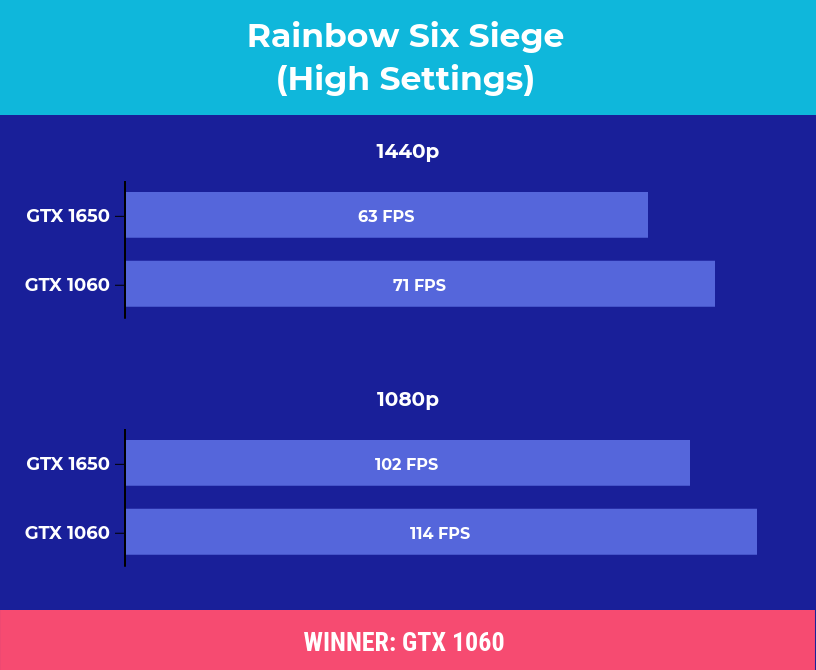
Rainbow Six Siege was tested using the built in benchmark. The results were extremely close together in this test, honestly within margin of error territory without an obvious clear winner.
Shadow of the Tomb Raider
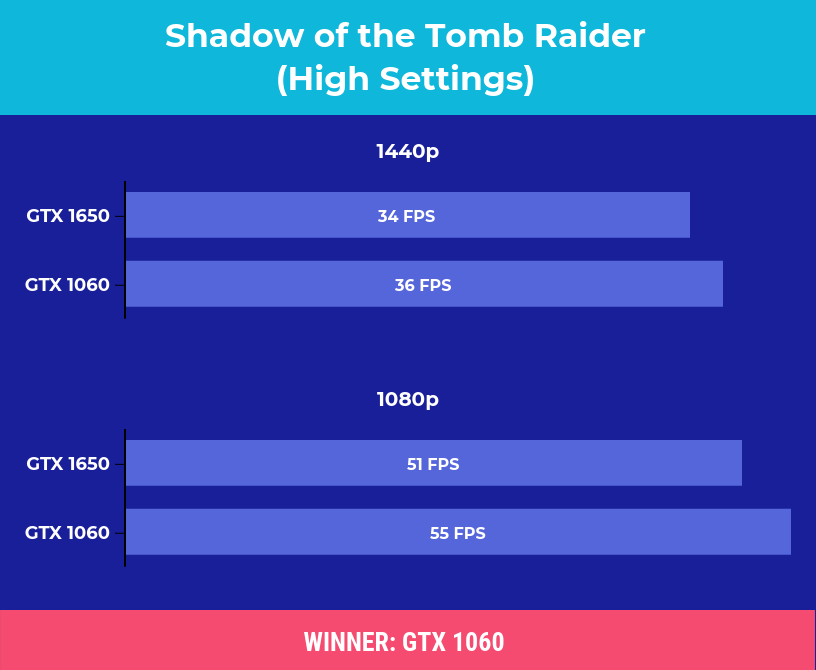
Shadow of the Tomb Raider was tested using the built in benchmark, and the 1060 was ahead again in terms of average FPS, granted the difference was quite small, with just a two to four FPS lead over the 1650.
CONCLUSION
As the 1060 has been out for 3 years now you’re much more likely to find better pricing on the second hand market, at least compared to the 1650 which only just came out in 2019. With a quick search I found some for closer to the $100 mark which is much better in terms of price to performance.
While the 1060 3GB still does alright in 1080p gaming for the most part, as we’ve seen here, buying a 3gb card in 2020 is hard to recommend for longevity reasons. This does make the 4GB and cheaper 1650 look attractive, however it doesn’t perform as well.
